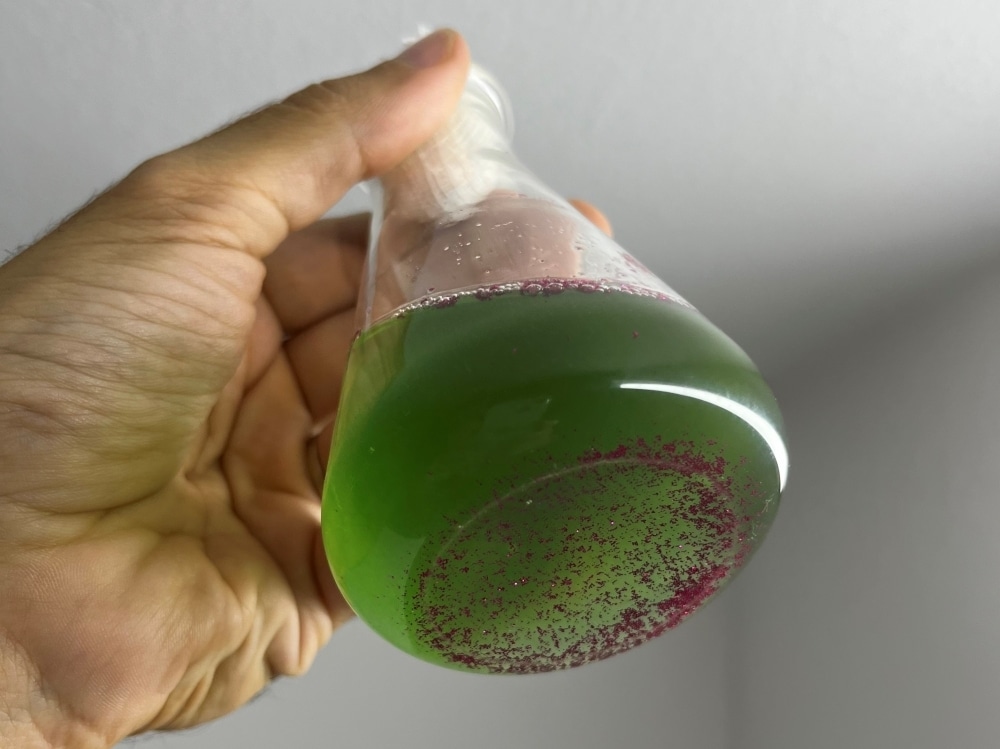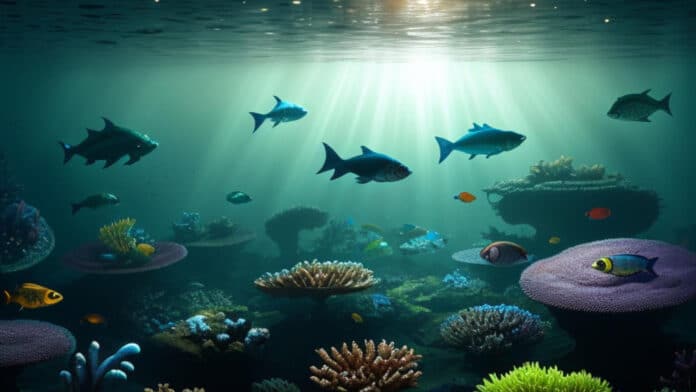A recent study has shed light on the detrimental impact of glitter on organisms that play crucial roles in aquatic ecosystems. The research reveals that glitter, often used in various consumer products, can hinder the growth and well-being of these essential organisms.
A study from the University of São Paulo in Brazil found that glitter particles, like cyanobacteria, can stop the growth of essential organisms in water. These tiny living things are crucial for water and soil health; other creatures eat them too. The study’s details are in a science journal called Aquatic Toxicology.
Glitter is everywhere, in makeup, nail polish, and even holiday decorations. It sticks to skin and clothes and is hard to get rid of. Glitter is made of tiny pieces called microplastics, usually less than 5 mm in size. They’re often made from polyethylene terephthalate (PET) or polyvinyl chloride (PVC), covered with aluminum to make them shiny.
Microplastics are too small to be removed by wastewater treatment plants, so they end up in rivers, beaches, and oceans. Recent studies say that over 8 million metric tons of glitter have entered the sea in the last few years.

Glitter can hurt them by being eaten, touching aquatic organisms with harmful substances, and even cutting them with sharp edges. Also, because glitter is so tiny and unique, it’s hard to accurately measure how much of it is in the water, which can show if it is polluted.
A group of researchers did a study with the help of FAPESP (a research funding organization) at the Center for Nuclear Energy in Agriculture (CENA-USP). They examined how different amounts of glitter affected two kinds of tiny water organisms: Microcystis aeruginosa CENA508 and Nodularia spumigena CENA596. They watched how these organisms grew over three weeks using unique light measurements. These organisms are essential for the water’s health, but glitter can harm them.
Mauricio Junior Machado, the first author of the article and a researcher in CENA-USP’s Cellular and Molecular Biology Laboratory, said, “We found that increasing the amount of glitter raised the biovolume of the cyanobacterial cells and boosted stress to levels that even impaired photosynthesis. The toxicity of glitter for microorganisms has hardly been studied at all. Whatever affects cyanobacteria will indirectly affect other organisms in the same environment.”
The study found that glitter can harm aquatic organisms even at levels similar to 350 milligrams per liter of water. This impact was more evident in one type of microorganism, M. aeruginosa, which grew best at 50 mg/L of glitter but worst at 200 mg/L. Another organism, N. spumigena, had a better growth range between 100-137 mg/L, but damage occurred above this range. The effects were seen mainly on the twenty-first day of the experiment.
Although chlorophyll and carotenoid levels didn’t change much, both microorganism types showed a decrease in carotenoids when exposed to higher glitter levels, and one type’s chlorophyll activity changed at the highest glitter level.
The researchers hope this study will help people understand the harm glitter can cause to water and inspire actions to reduce microplastic pollution. They plan to do similar tests on other microorganisms and even look into “biodegradable” glitter to see if it also poses problems to organisms due to its metallic components and pigments.
Journal reference:
- Mauricio J. Machado, Rafael B. Dextro et al., Response of two cyanobacterial strains to non-biodegradable glitter particles. Aquatic Toxicology. DOI: 10.1016/j.aquatox.2023.106590.
